Anduril’s mini-cruise missile is like a Hellfire on steroids
- By Alex Hollings
Share This Article
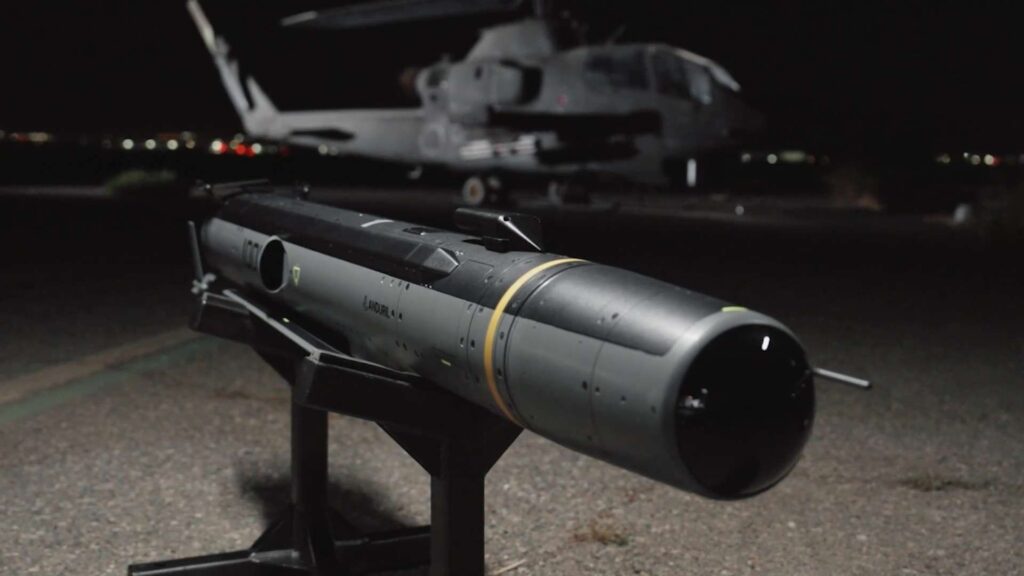
California-based Anduril Industries has been scooping up defense contracts left and right in recent years. And now the firm, which is primarily known for its advanced and highly autonomous drone systems, is looking to apply that expertise to precision-guided munitions in a new line of air-breathing cruise missiles they call the Barracuda M.
The Barracuda M line is made up of three different weapons: the M-100, M-250, and M-500 cruise missiles. Sandboxx News has written at length about the M-500 which is meant to serve as a low-cost alternative, or supplement to, America’s very big and very pricey AGM-158 JASSM line of air-launched cruise missiles.
While the M-500 is less capable than the JASSM cruise missiles it would fly alongside, the M-100 significantly outclasses the weapons it could feasibly replace. The M-100 was designed to be carried by rotorcraft like the AH-64 Apache gunship or the AH-1 Cobra, in very much the same way these platforms carry Hellfire missiles today. (Although it could feasibly be launched by any of the long list of other platforms that carry Hellfires.)
Indeed, the M-100 is very close in size to the long-serving AGM-114 Hellfire, and even closer in size to the AGM-179 Joint Air to Ground Missile (JAGM) that’s meant to replace the Hellfire.
The M-100 is about 70 inches long with a six-inch diameter and weighs roughly 110 pounds. In comparison, the AGM-114 is 64 inches long, with a seven-inch diameter and a total weight of around 104 to 108 pounds; and the new AGM-179, which is 70 inches long with a seven-inch diameter and an undisclosed total weight.
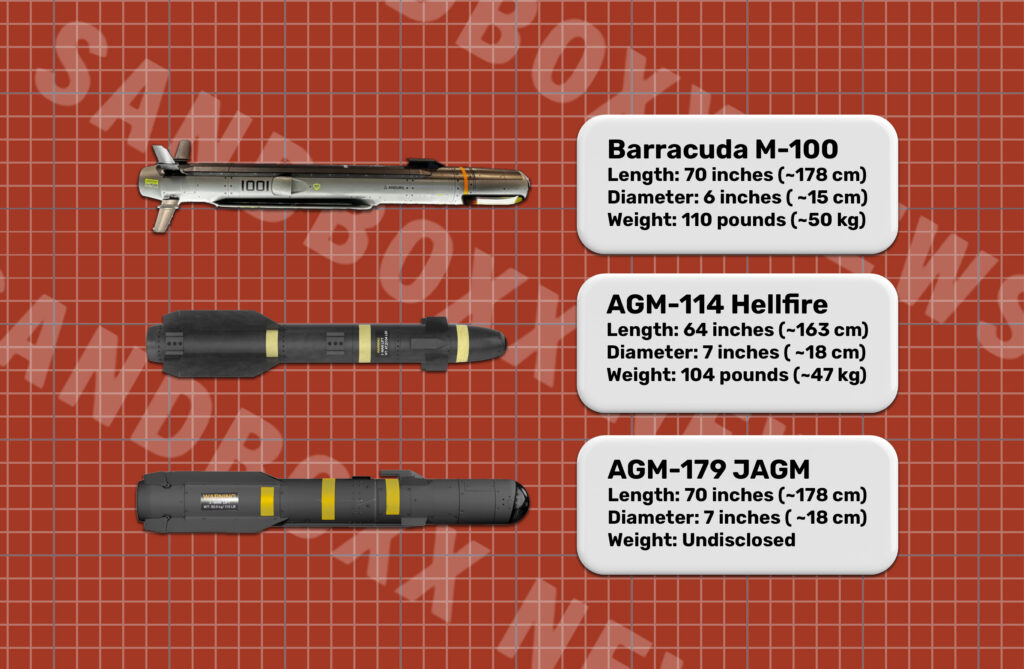
But while the M-100 is about the same size as the Hellfire or the JAGM, it packs a much bigger punch.
The Hellfire missile carries a roughly 20-pound high explosive warhead and the JAGM is expected to carry about the same. In our original story, Anduril initially told Sandboxx News that their M-100 would carry a 35-pound warhead, but that has since been increased to 40 pounds – twice the size of the Hellfire’s and JAGM’s warhead.
The Hellfire missile usually has a maximum range of between four and 6.8 miles, depending on launch conditions – though some variants, like the AGM-114R-4 long-range Hellfire missile that saw testing in 2022, can reach as far as 21 miles. The AGM-179 JAGM, meanwhile, started its journey to service with a stated range of roughly five miles, but has since doubled that figure to 10.
Related: Army’s future helicopters could be more autonomous and launch their own drones
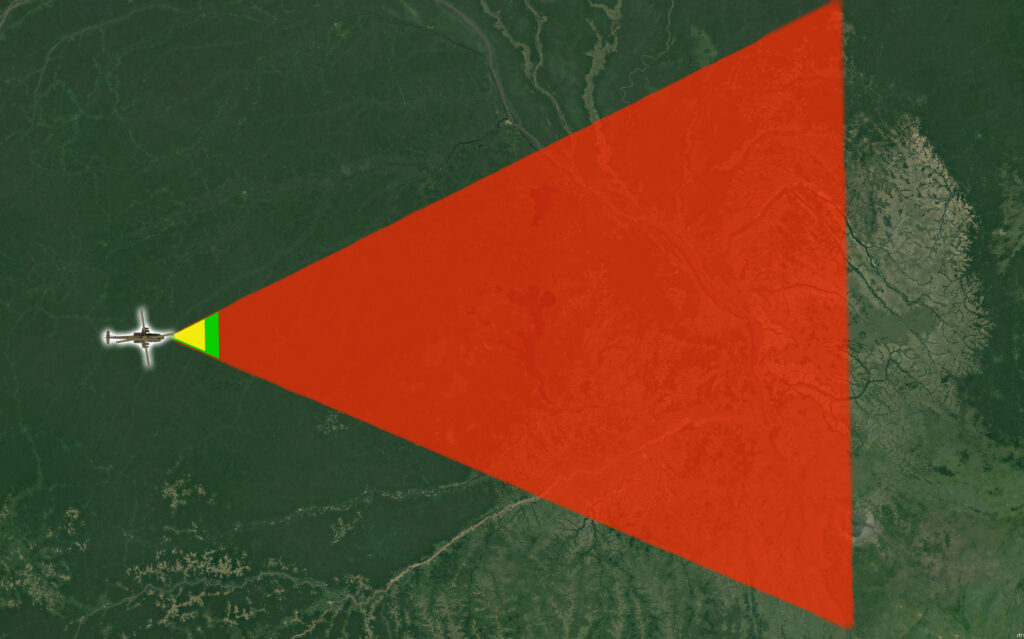
The M-100, on the other hand, can carry its 40-pound warhead to targets 138 miles away – or 20 times the Hellfire’s range. This is possible because the weapon carries a completely different type of propulsion system than you’ll find in weapons like the Hellfire which are powered by a solid propellant rocket motor. The M-100 is powered by a very small, air-breathing turbojet engine, the same sort of propulsion system you’d find powering a tactical aircraft or other long-range cruise missiles.
The only place the M-100 would fall short of the Hellfire is in maximum speed, as the Hellfire is known to top out at around Mach 1.3, while the M-100 is limited to high subsonic speeds, according to Anduril.
Depending on the iteration, Hellfire missiles have a per-unit price of around $150,000, while the newer JAGM costs about $320,000. Although we don’t know how much the M100 will ultimately cost, Anduril focuses on streamlined and simple production.
The company says that the entire weapon can be assembled using fewer than 10 simple hand tools, which will make it very easy to train personnel in assembling it. Because of that simplicity, the company claims it can double its production capacity anytime the U.S. needs a surge of precision-guided munitions.
This weapon, like its bigger sisters, the M-250 and M-500, has already seen testing in-house at Anduril and now the company is shopping these weapons to the Department of Defense in hopes of securing a production contract.
Feature Image: A Barracuda M-100 missile (Anduril)
Read more from Sandboxx News
- Indonesia’s Pindad SS2 – Service rifles from around the world
- The B-2 Spirit is aging but still packs a bunch
- Why can’t the US stop drone swarms from penetrating restricted airspace?
- Delta Force escapades with Poland’s elite GROM special operations unit
- The Air Force is letting troops play a video game to prepare for global conflict
Related Posts
Sandboxx News Merch
-

‘AirPower’ Classic Hoodie
$46.00 – $48.00 Select options This product has multiple variants. The options may be chosen on the product page -

‘Sandboxx News’ Trucker Cap
$27.00 Select options This product has multiple variants. The options may be chosen on the product page -

‘Kinetic Diplomacy’ Bumper Sticker (Black)
$8.00 Add to cart

Alex Hollings
Alex Hollings is a writer, dad, and Marine veteran.
Related to: Gear & Tech
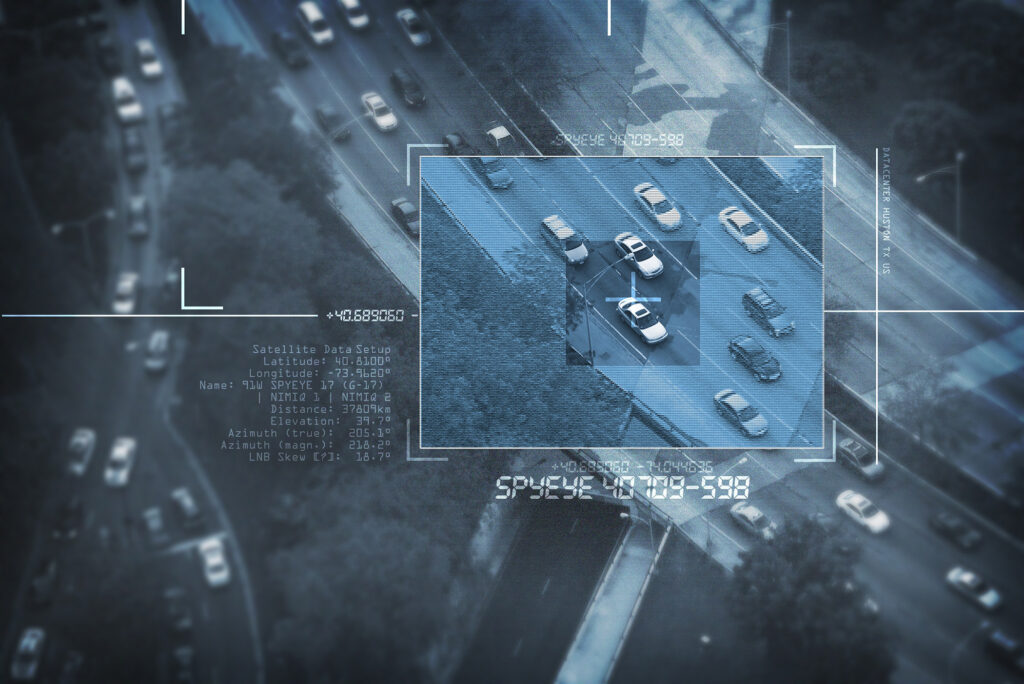
Spy satellites aren’t nearly as all-seeing as you think

The incredible true story of American fighters taking on an Iranian drone swarm and winning
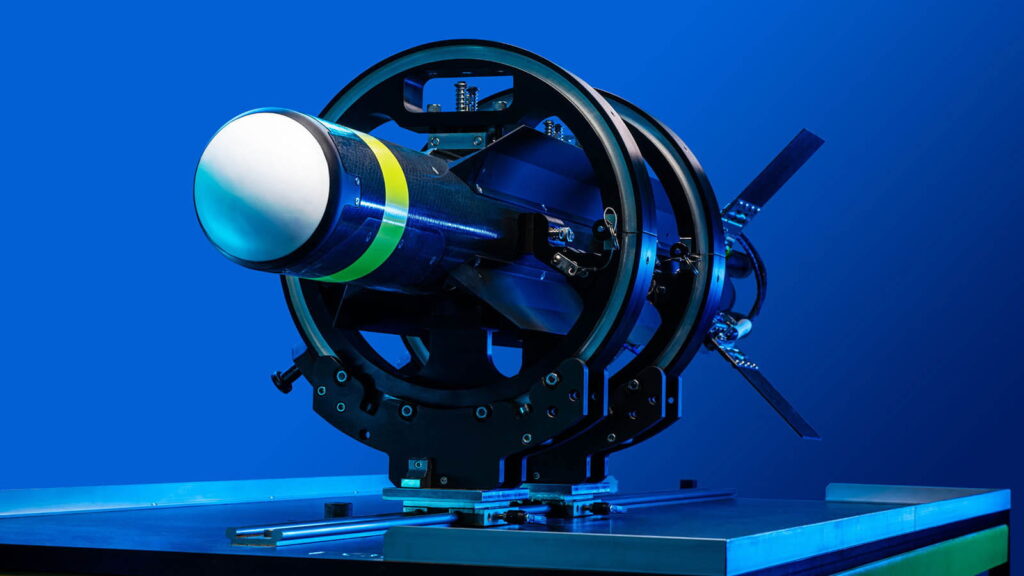
Navy bolsters its aircraft carriers’ defenses with expendable loitering interceptors
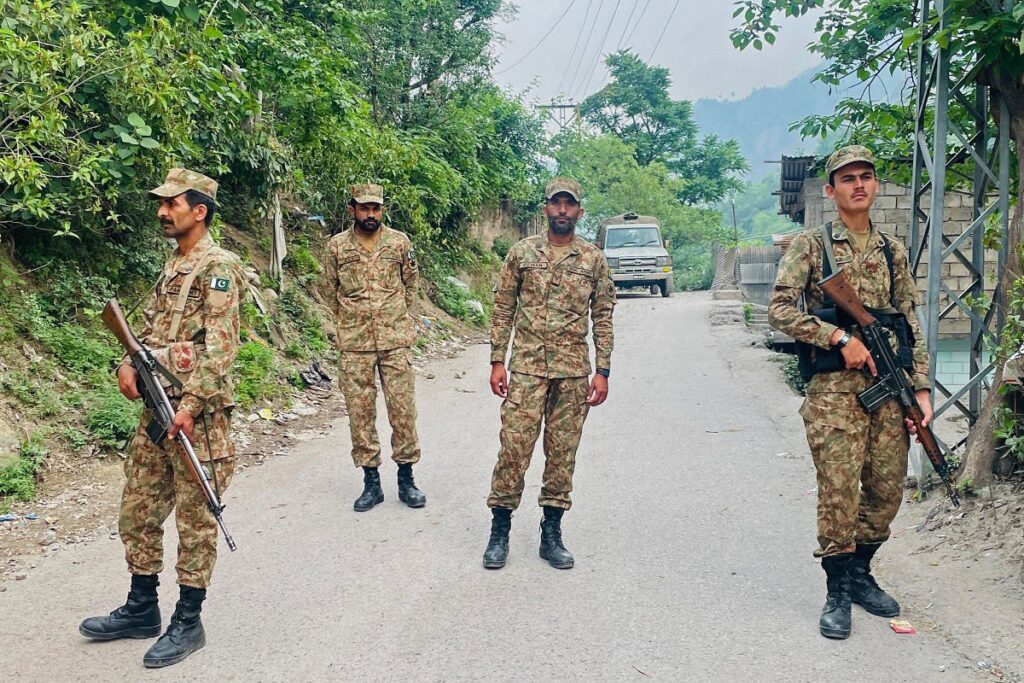
Beware of the fog of war in the India-Pakistan conflict
Sandboxx News
-

‘Sandboxx News’ Trucker Cap
$27.00 Select options This product has multiple variants. The options may be chosen on the product page -

‘AirPower’ Classic Hoodie
$46.00 – $48.00 Select options This product has multiple variants. The options may be chosen on the product page -

‘AirPower’ Golf Rope Hat
$31.00 Select options This product has multiple variants. The options may be chosen on the product page -

‘Sandboxx News’ Dad Hat
$27.00 Select options This product has multiple variants. The options may be chosen on the product page
